Description
HISTORY OF THE 1400
These locomotives were designed replace the old Wolverhampton 517 class which dated from 1868 for undertaking light branch work. The 95 locomotives in the class were built to virtually the same design with only a few minor improvements including the boiler being of the Group 7 SS type, still carrying a dome but with a pressure of 165 psi, whilst the cab was fitted with large windows front and back. It is probably fair to say that initially, the locomotives received a luke-warm reception because they so obviously reflected a Victorian design, but any criticism quickly evaporated when they proved themselves to be good steamers that were reliable, economical and sprightly on the services for which they were designed. Swindon was certainly prudent and at a time when cost savings were necessary. Collett saw fit to concentrate on improving what had proven to be a successful concept rather than spend time and money going about a completely new design.
During their life the class remained practically unaltered except for the fitting of a top feed on the boilers when they returned to Swindon for overhaul. Not all were so modified, however, and 1450 which has been preserved is one of those that was not. Some also received reconditioned boilers from the preceding Armstrong 517 class – underlining Swindon’s skill at standardising its locomotives.
They were originally known as the 4800 class but were renumbered in 1946 to make way for the 2800 class to be renumbered in the 4800 series as they were converted to oil-burning.
The 1400 class was motor fitted for working push-pull trains which is the only difference between this class and the 5800 class. They were employed all over the GWR system on light branch trains until they began to succumb to branch line closures and the introduction of diesel railcars with the first being withdrawn in 1956. The last members of the class were withdrawn in 1965.
The very last of the class, 1450 and 1442 worked out their final days on the former LSWR branch to Lyme Regis after the venerable Adams 0415 class 4-4-2 radial tank engines were withdrawn.
The auto-fitted 0-4-2s did need some skill to work in the sense that they had a tendency to prime if the boiler was over-filled (in other words, water carried over through the regulator) and the fireman needed to keep on top of his fire. When propelling an auto-trailer, the driver could only control the regulator, brake, warning-gong and, if the loco was coupled bunker-to -trailer, the whistle which left the fireman to operate the reverser, keep an eye on the lubricator and work the vacuum ejector as well as look after the fire and boiler.
Source: https://preservedbritishsteamlocomotives.com/1400-2/

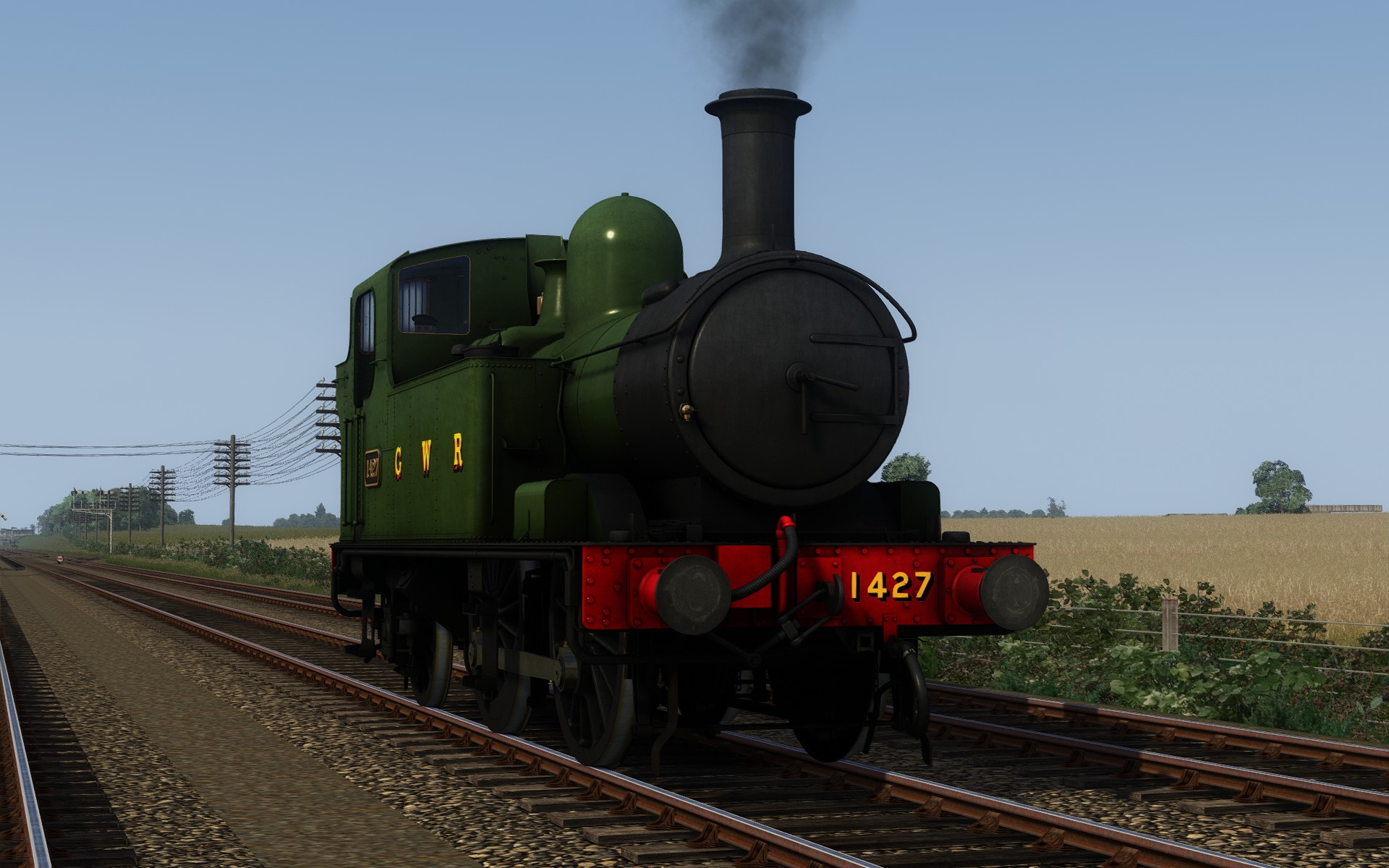
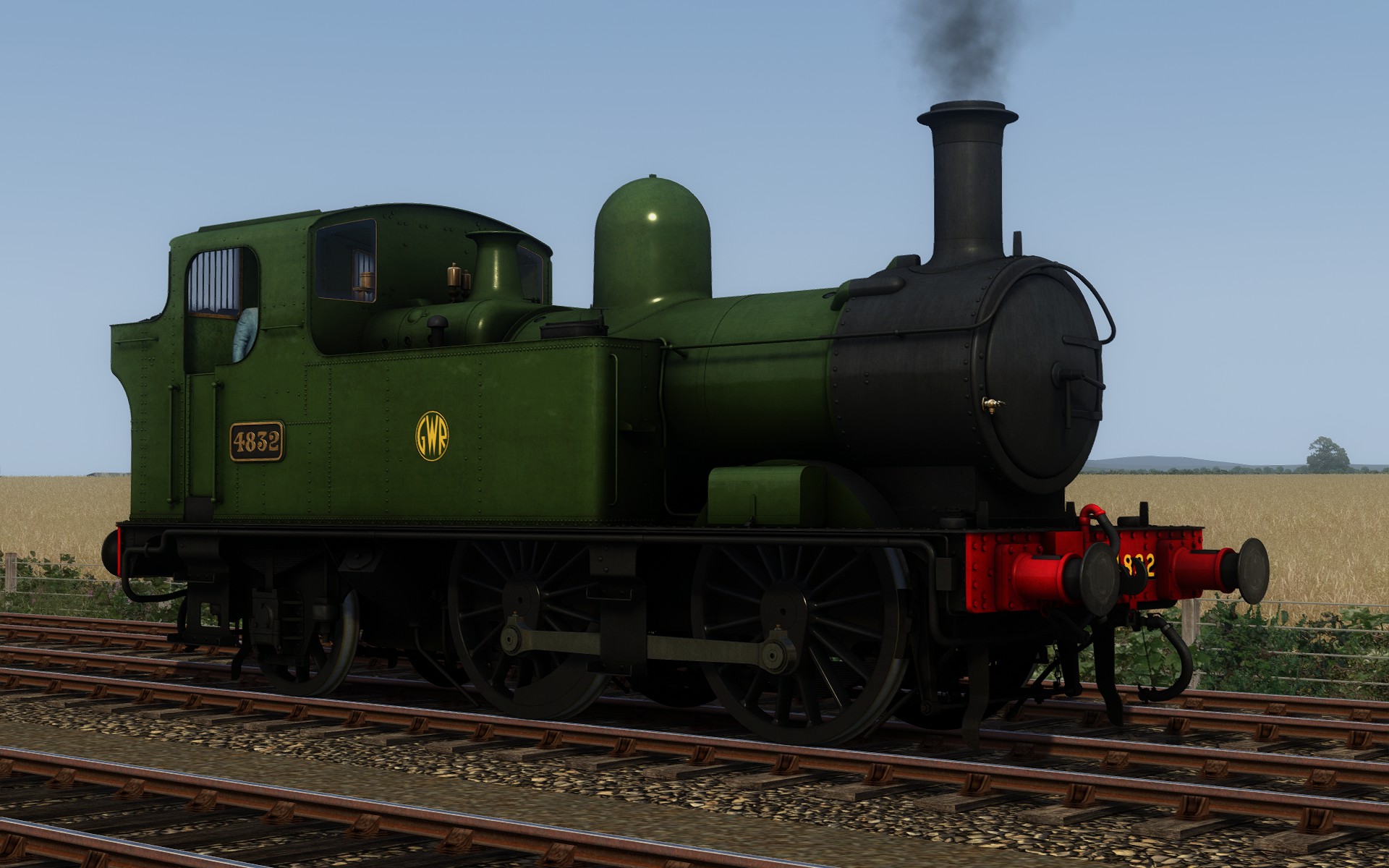
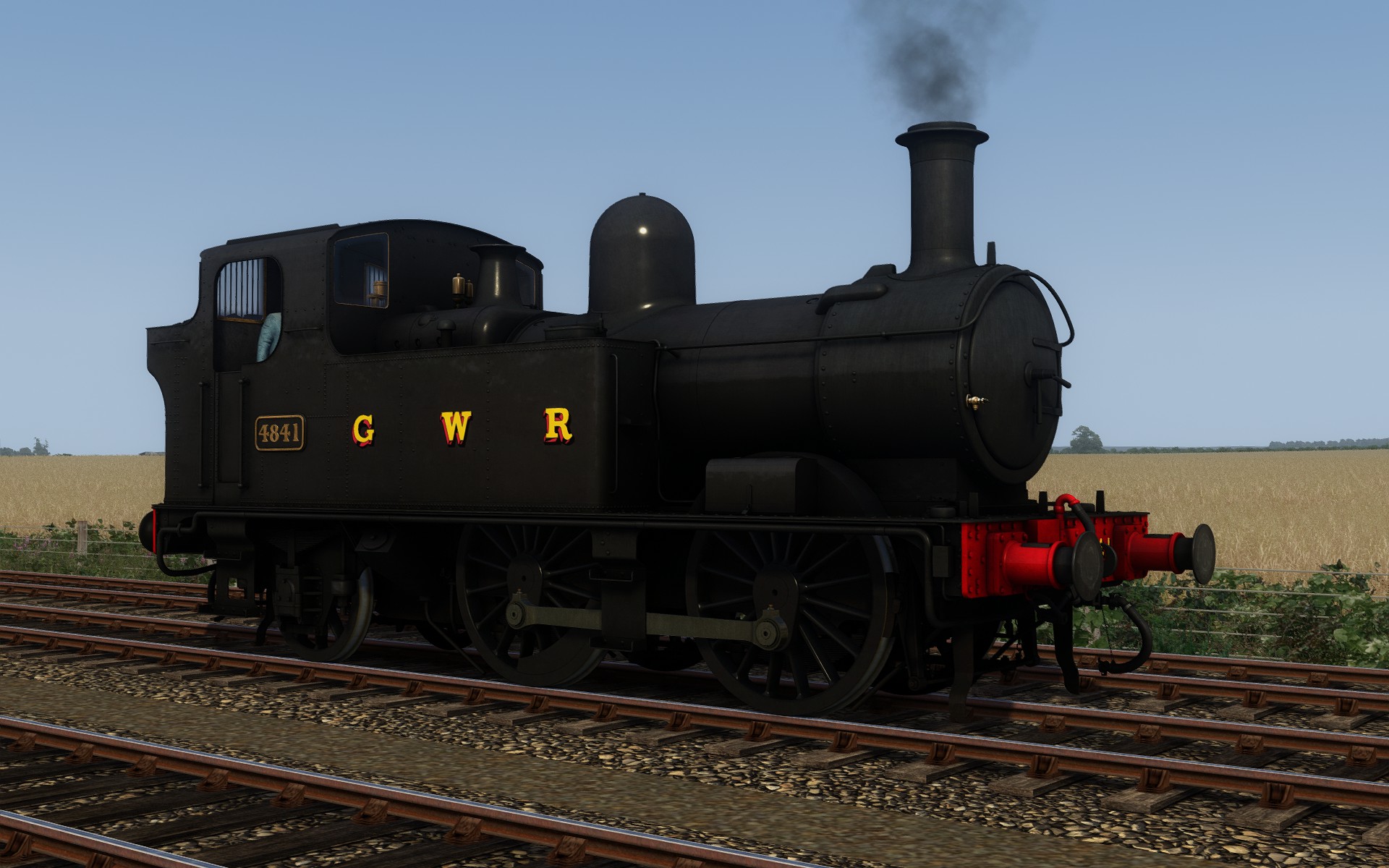
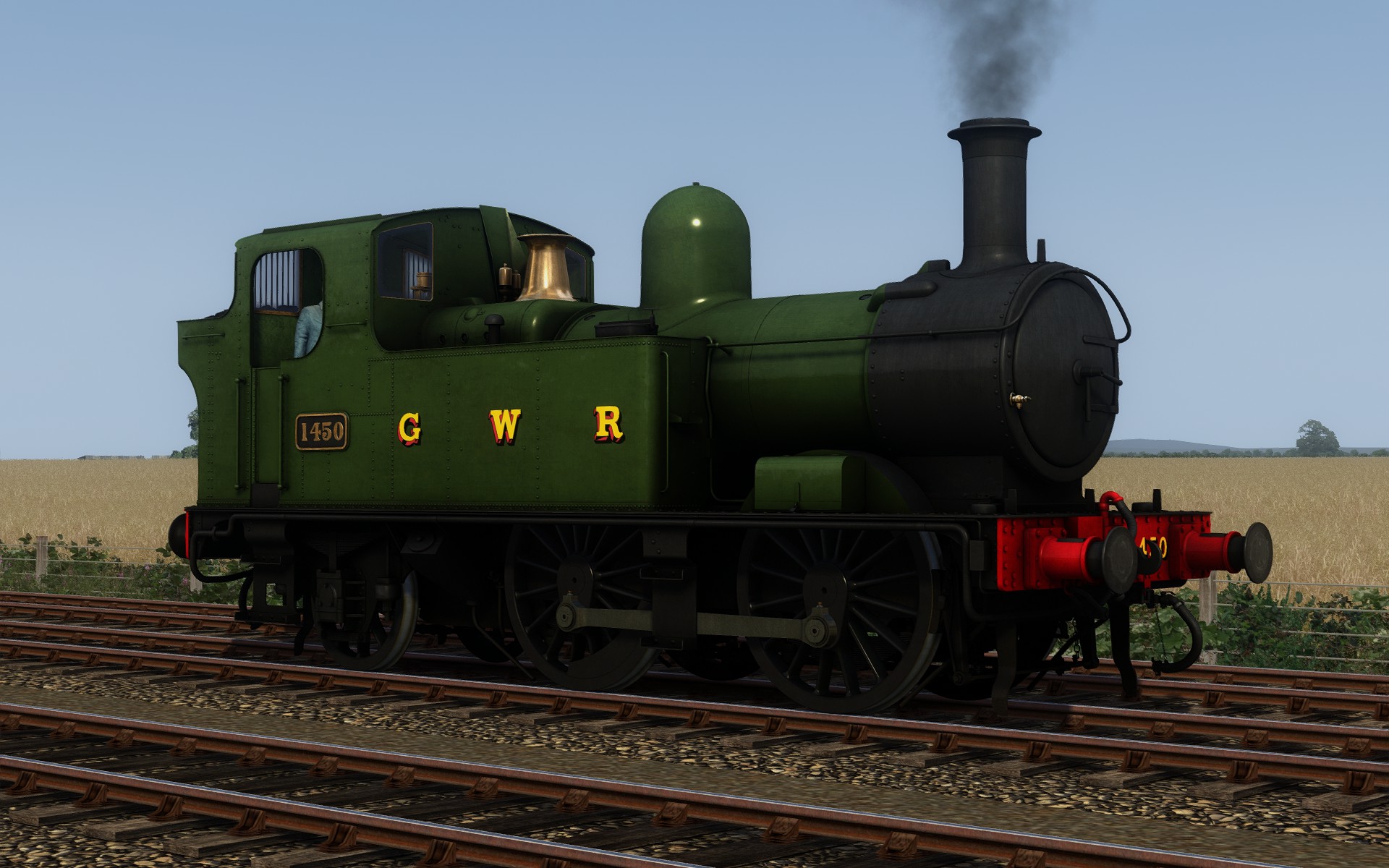
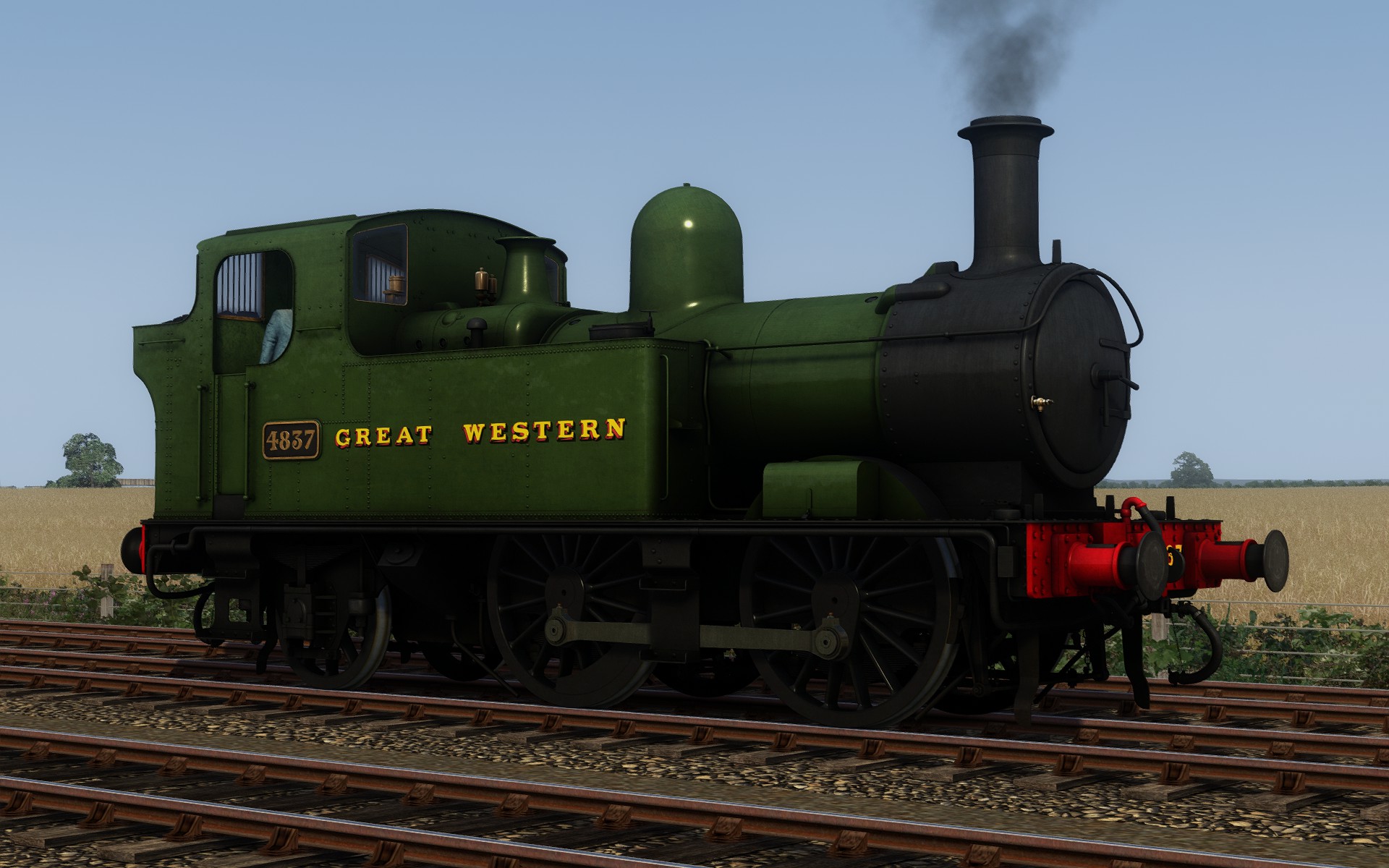
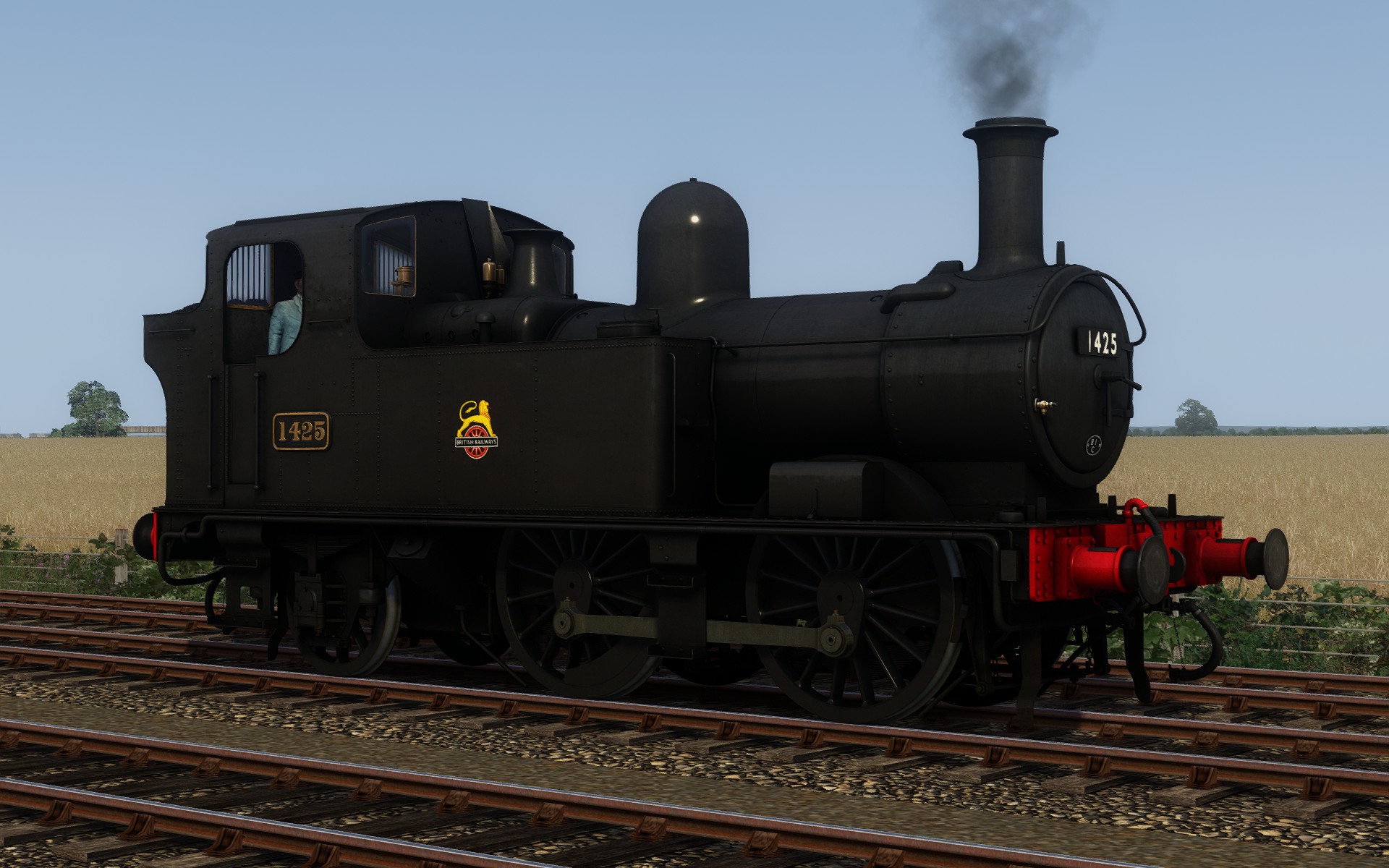
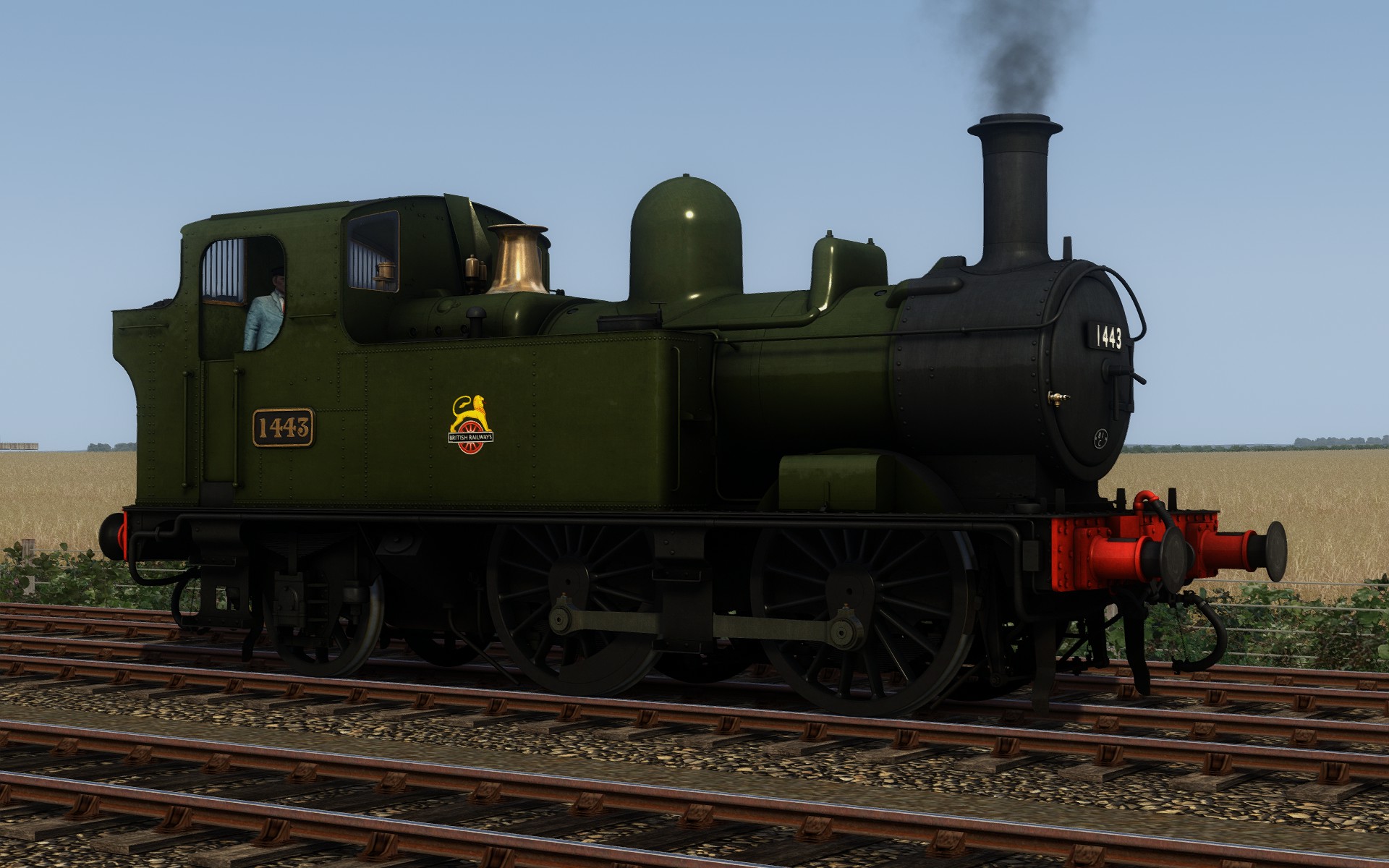
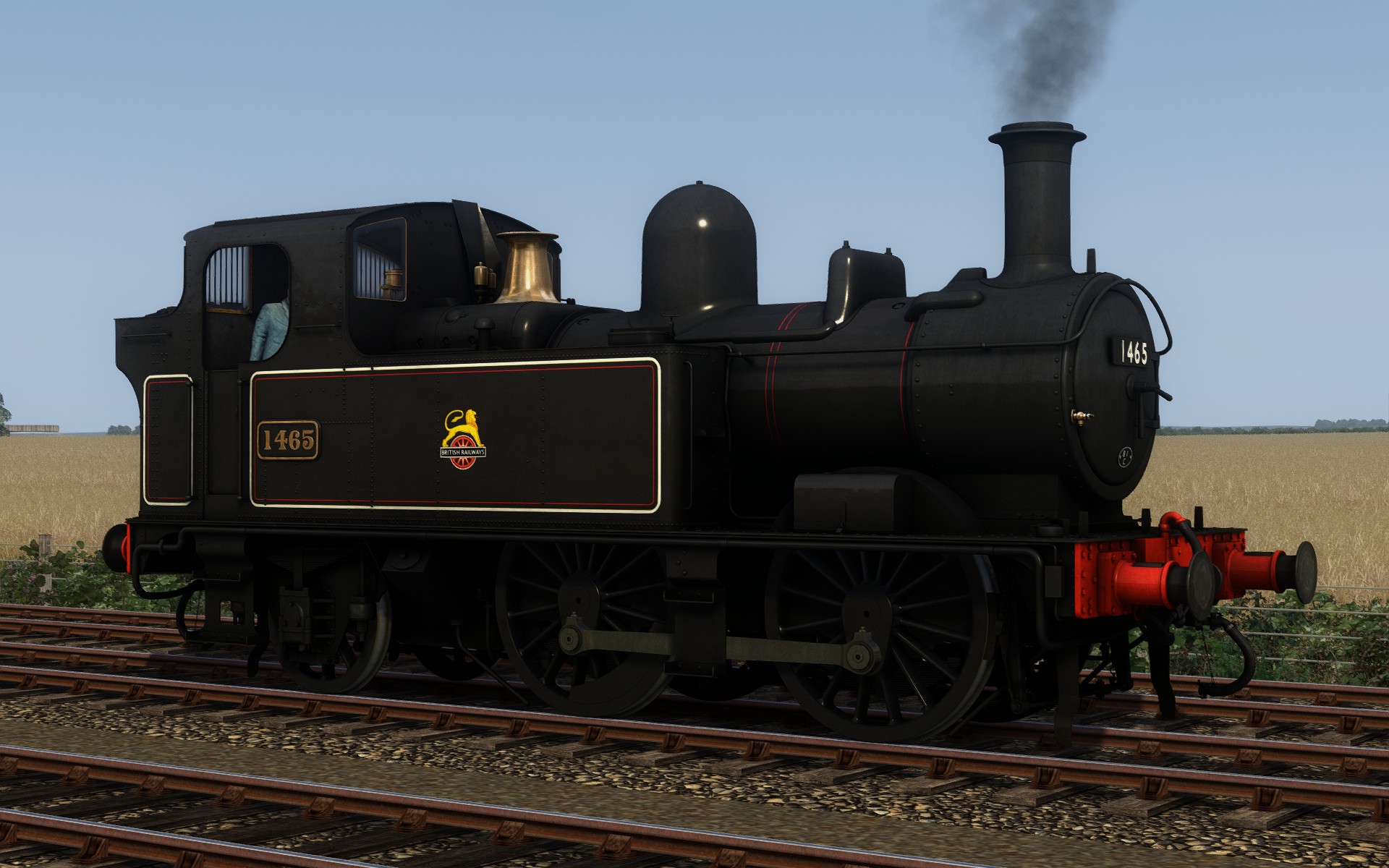
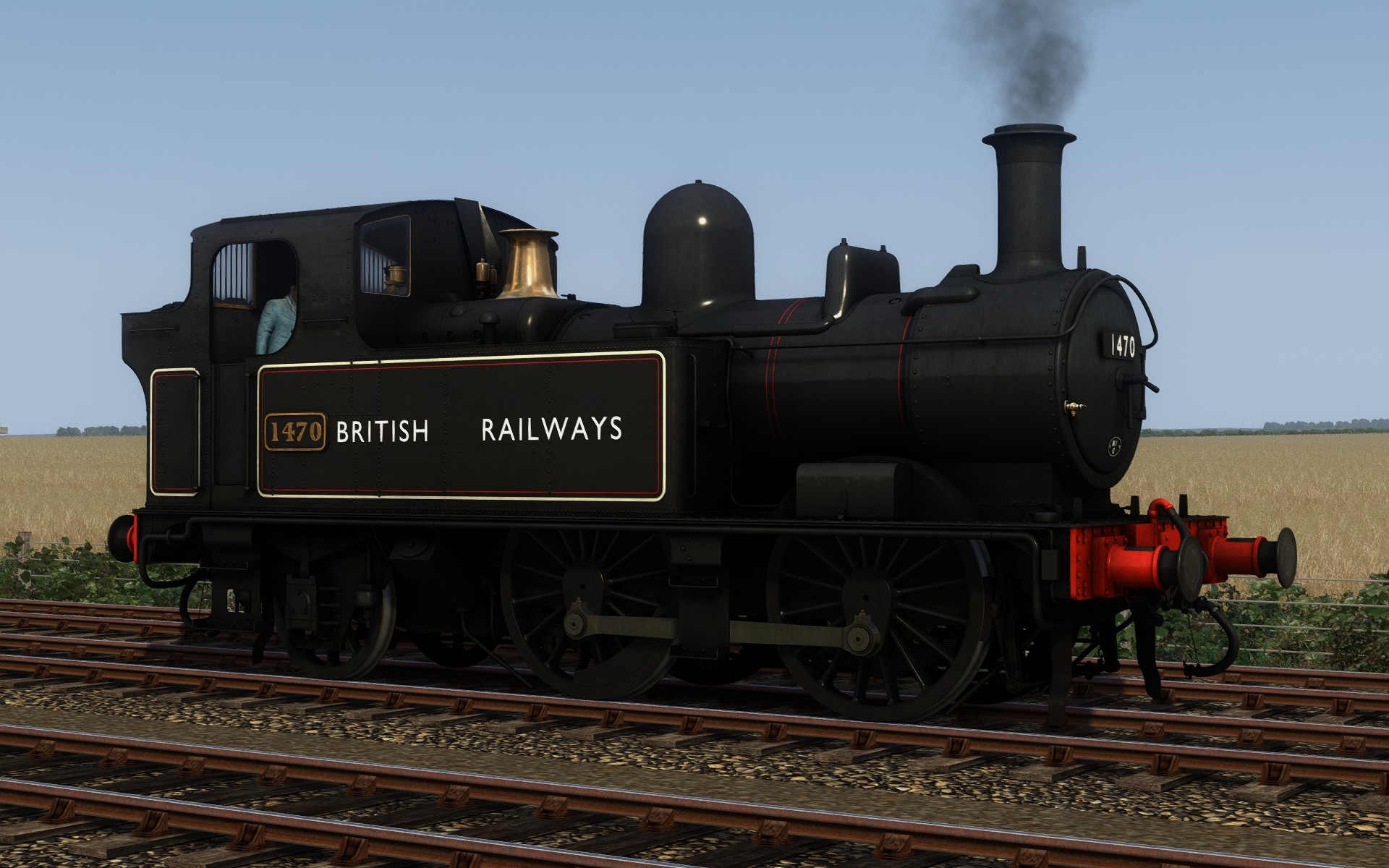
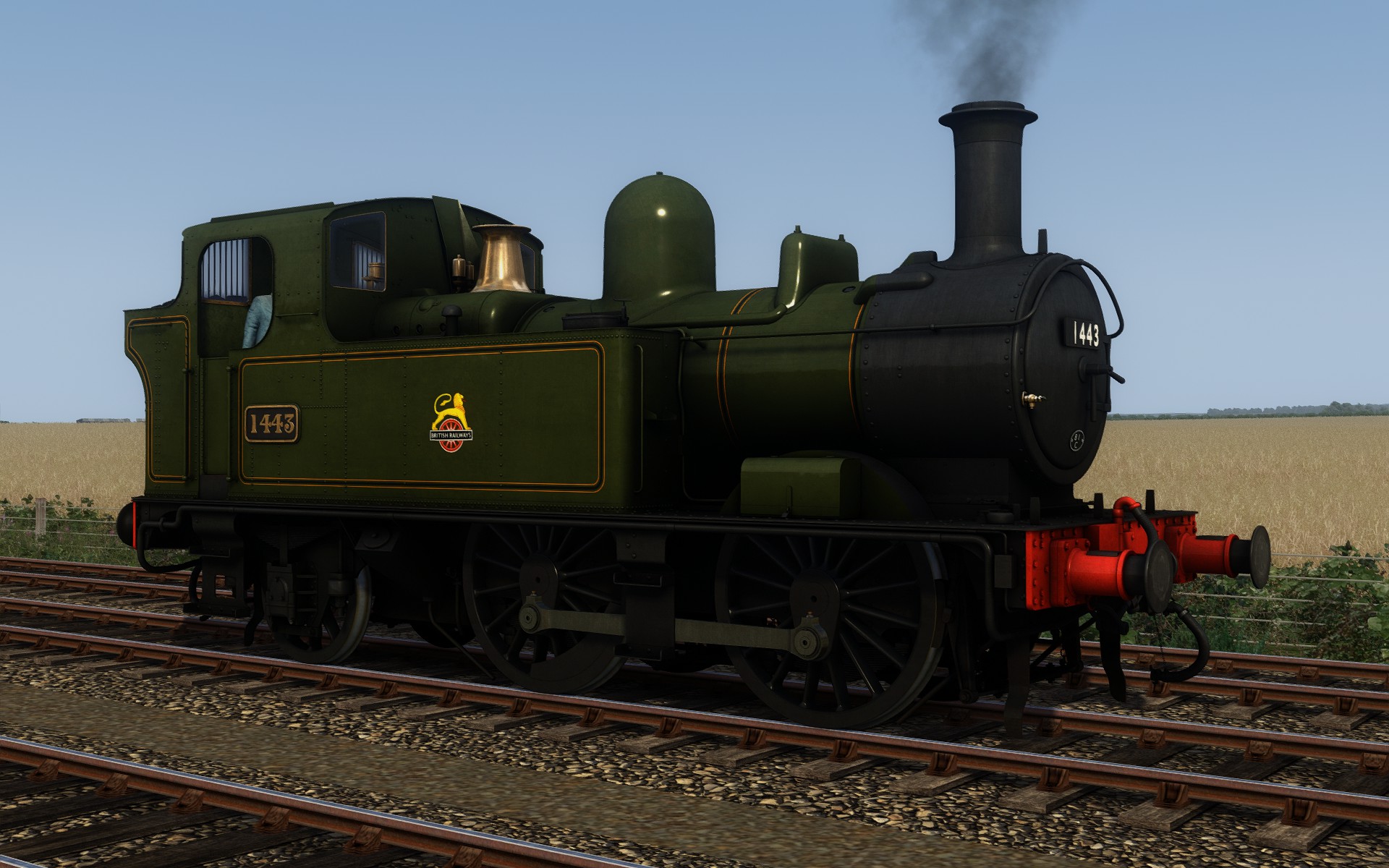
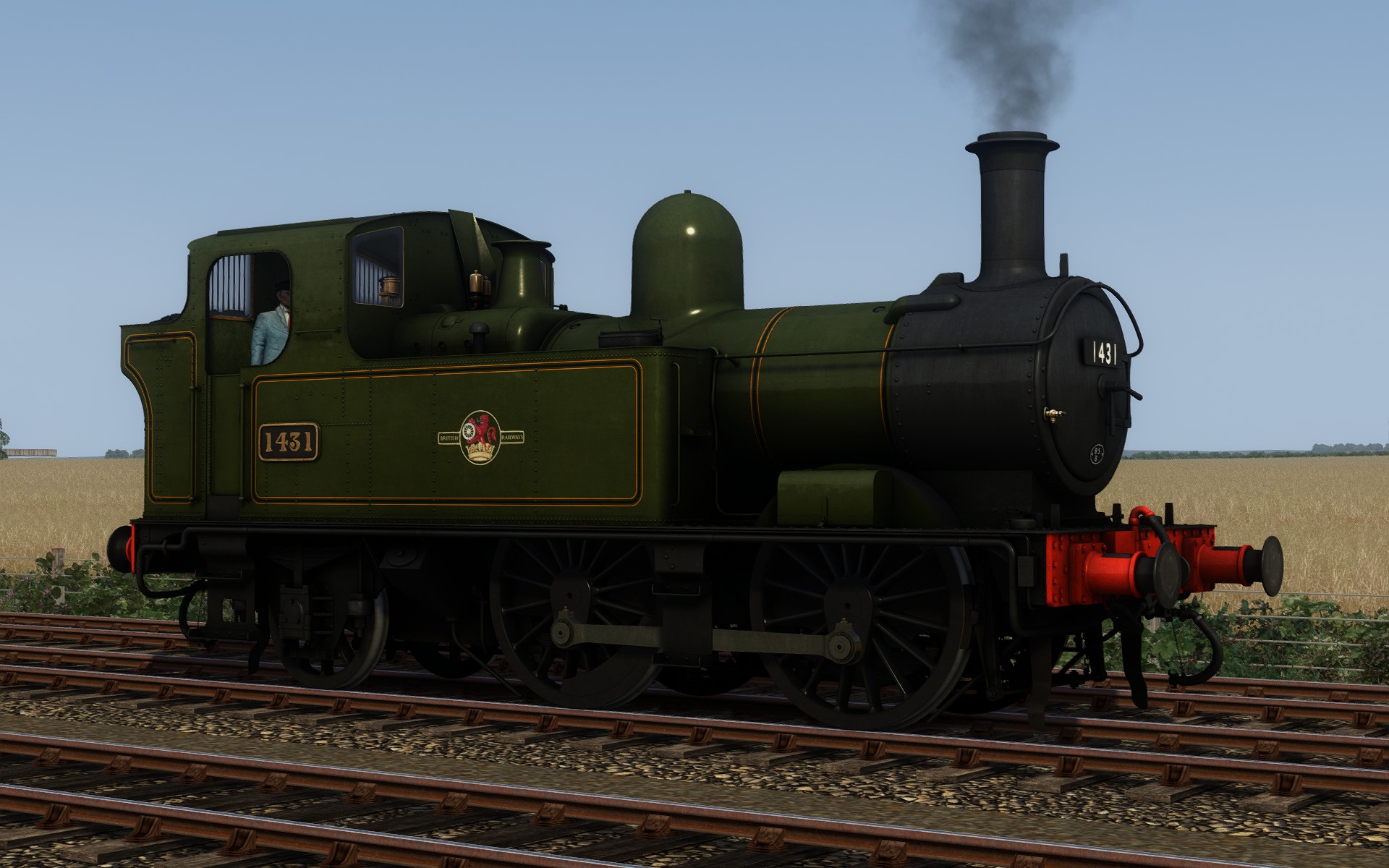

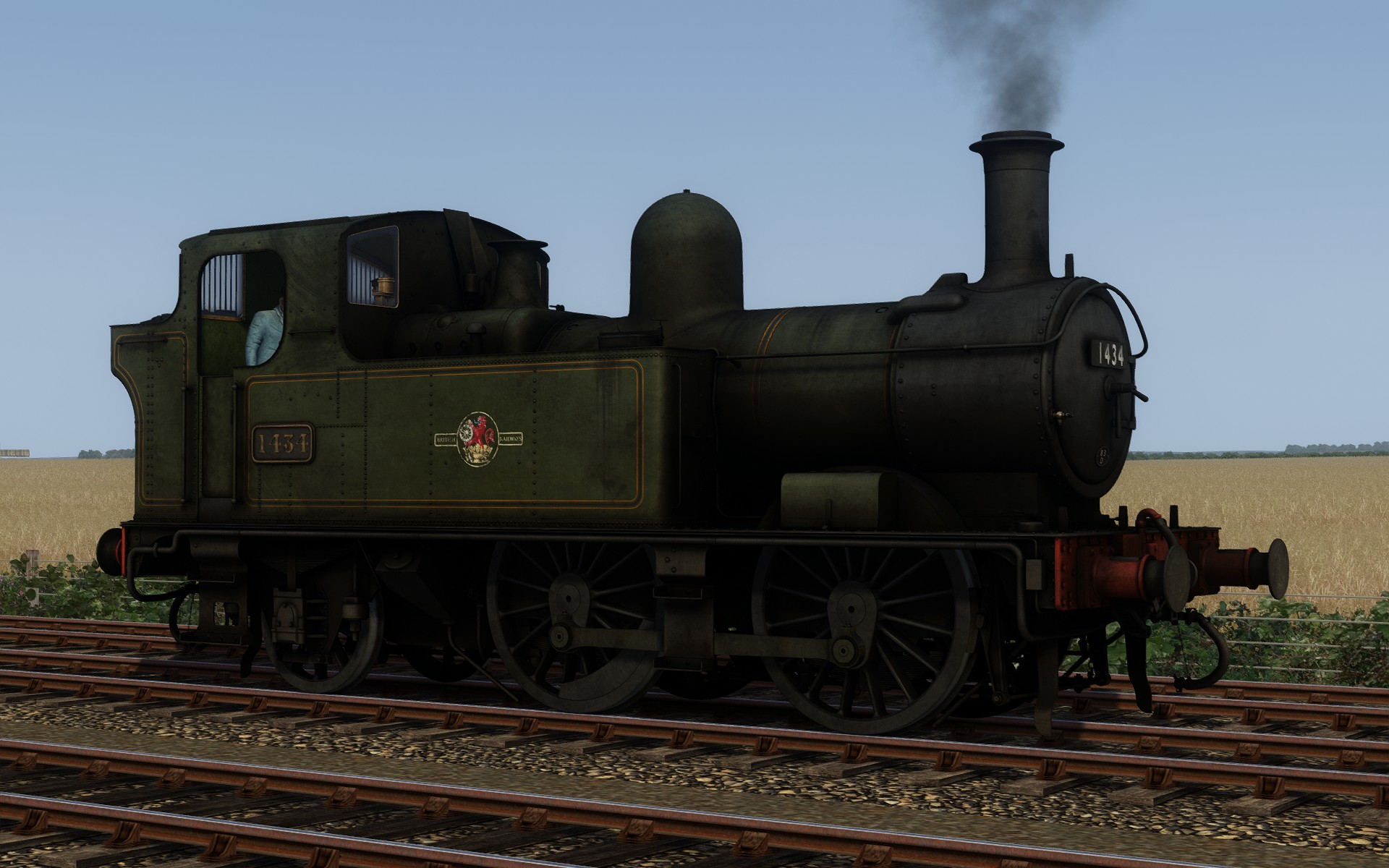
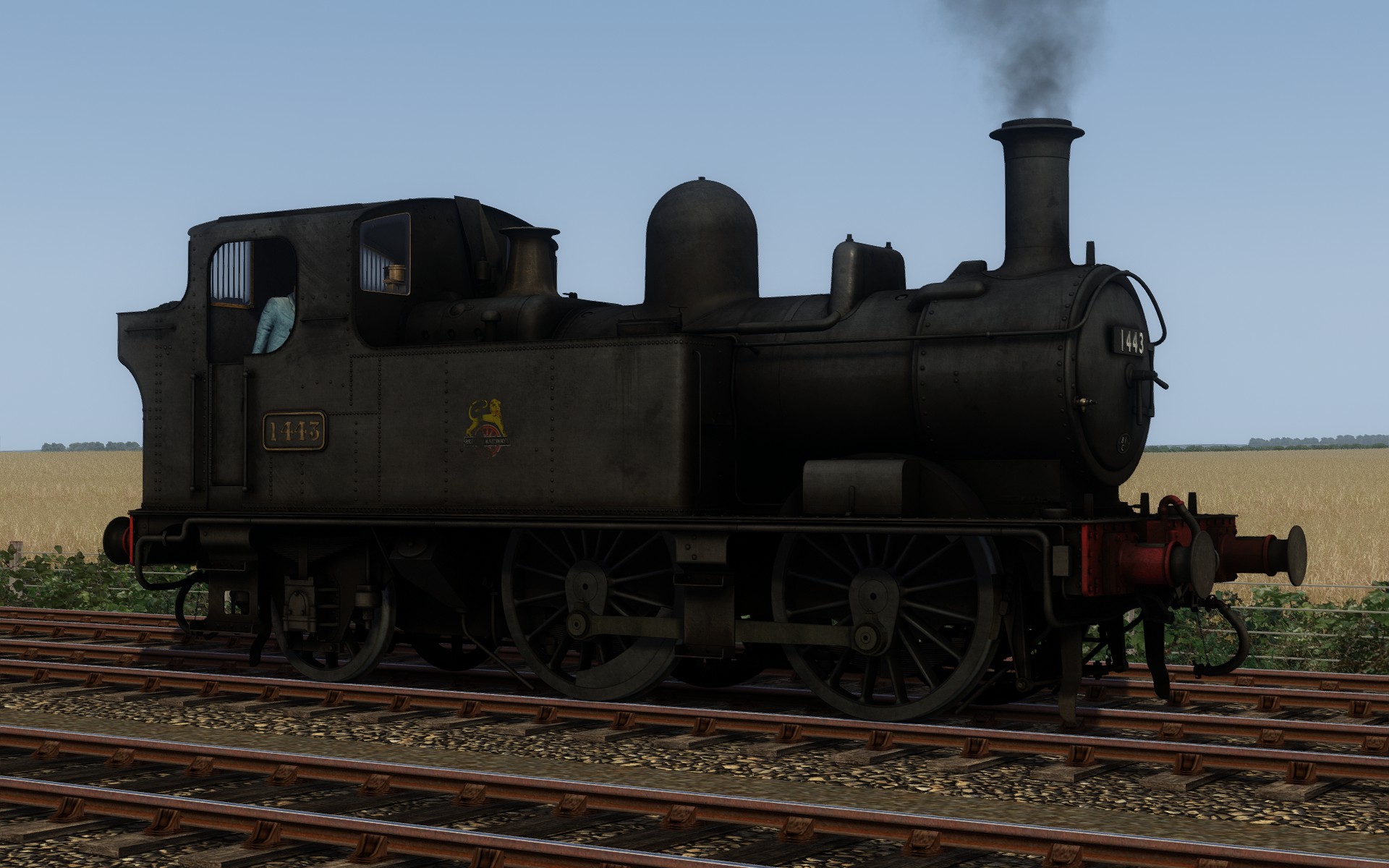
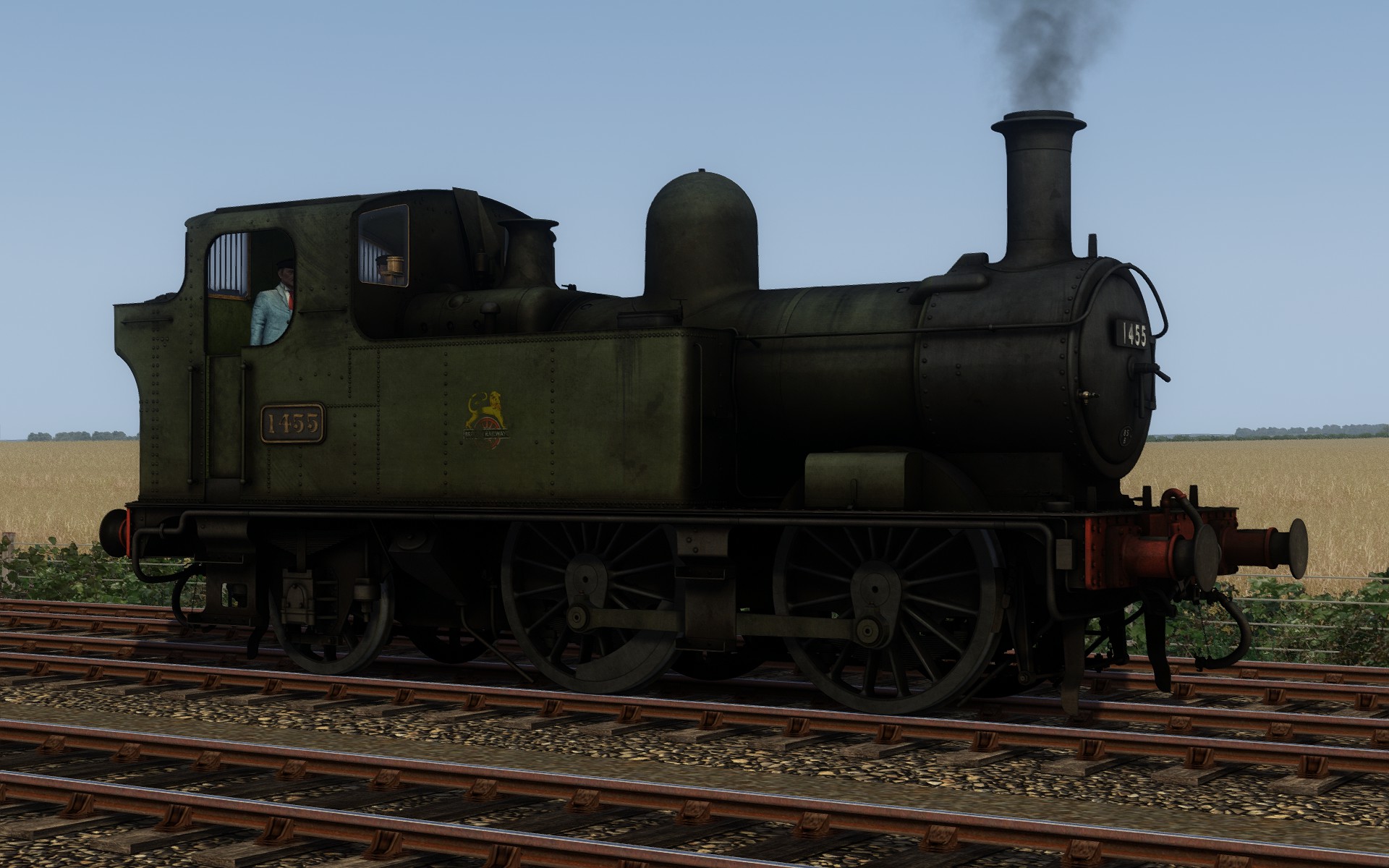
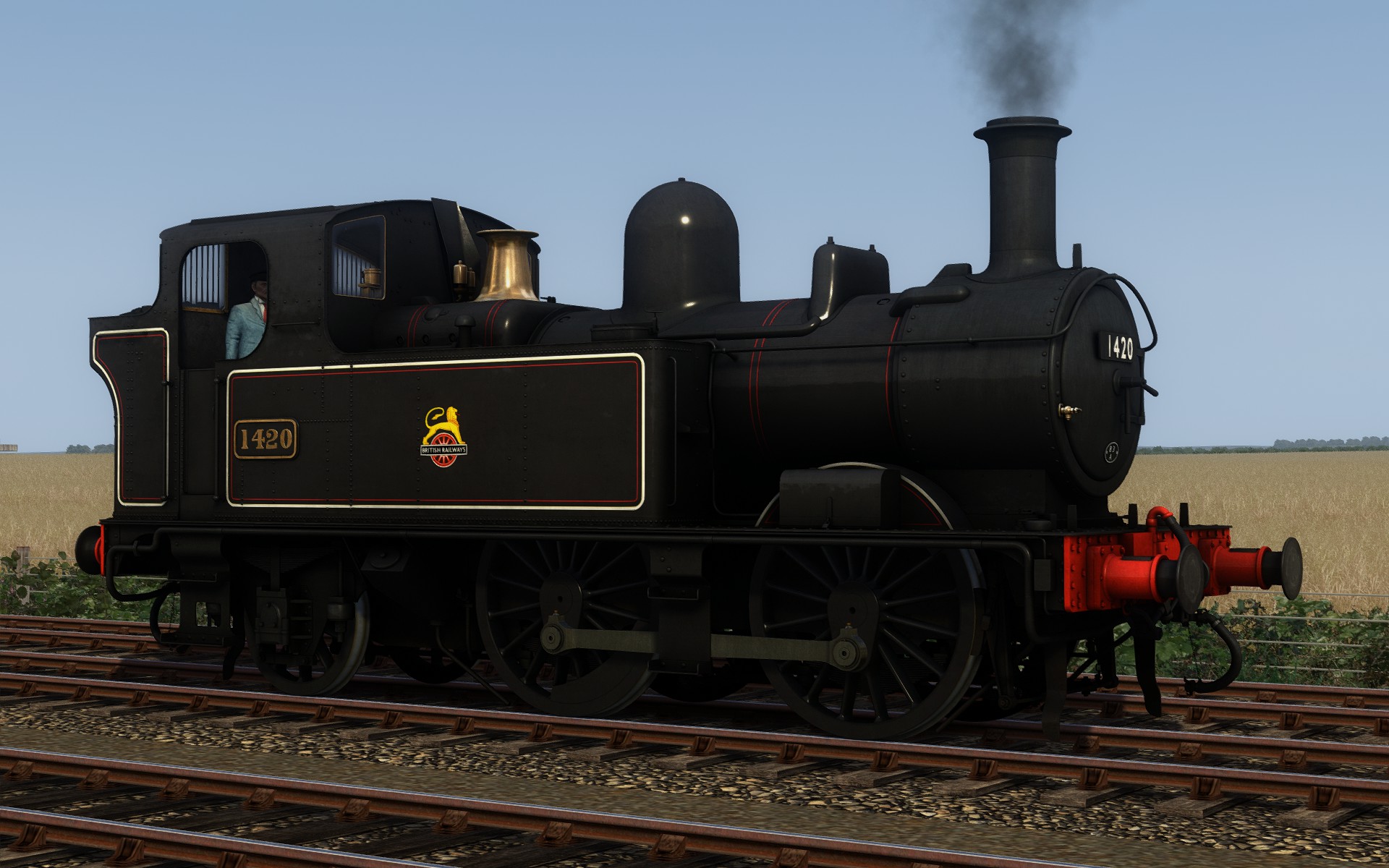
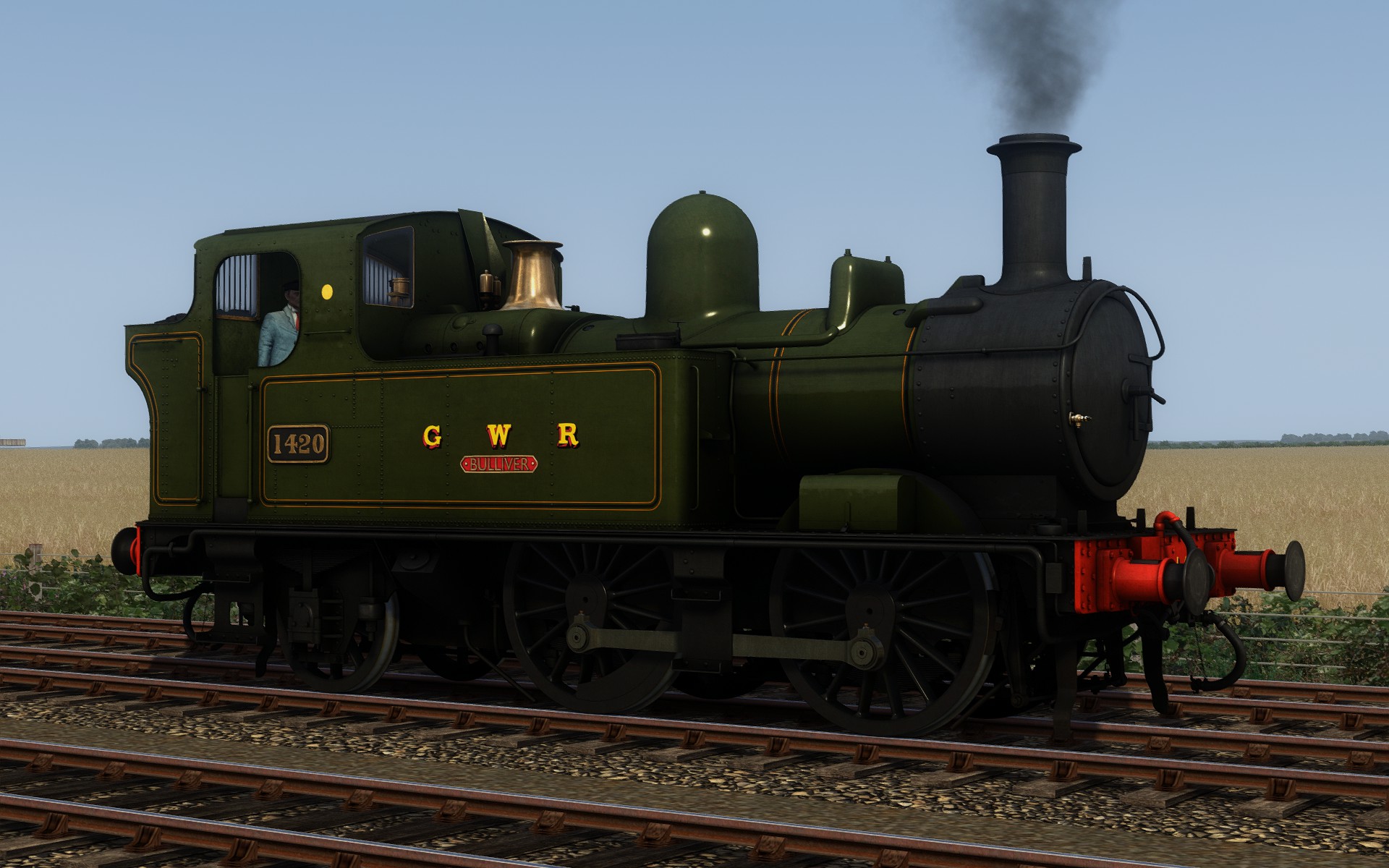
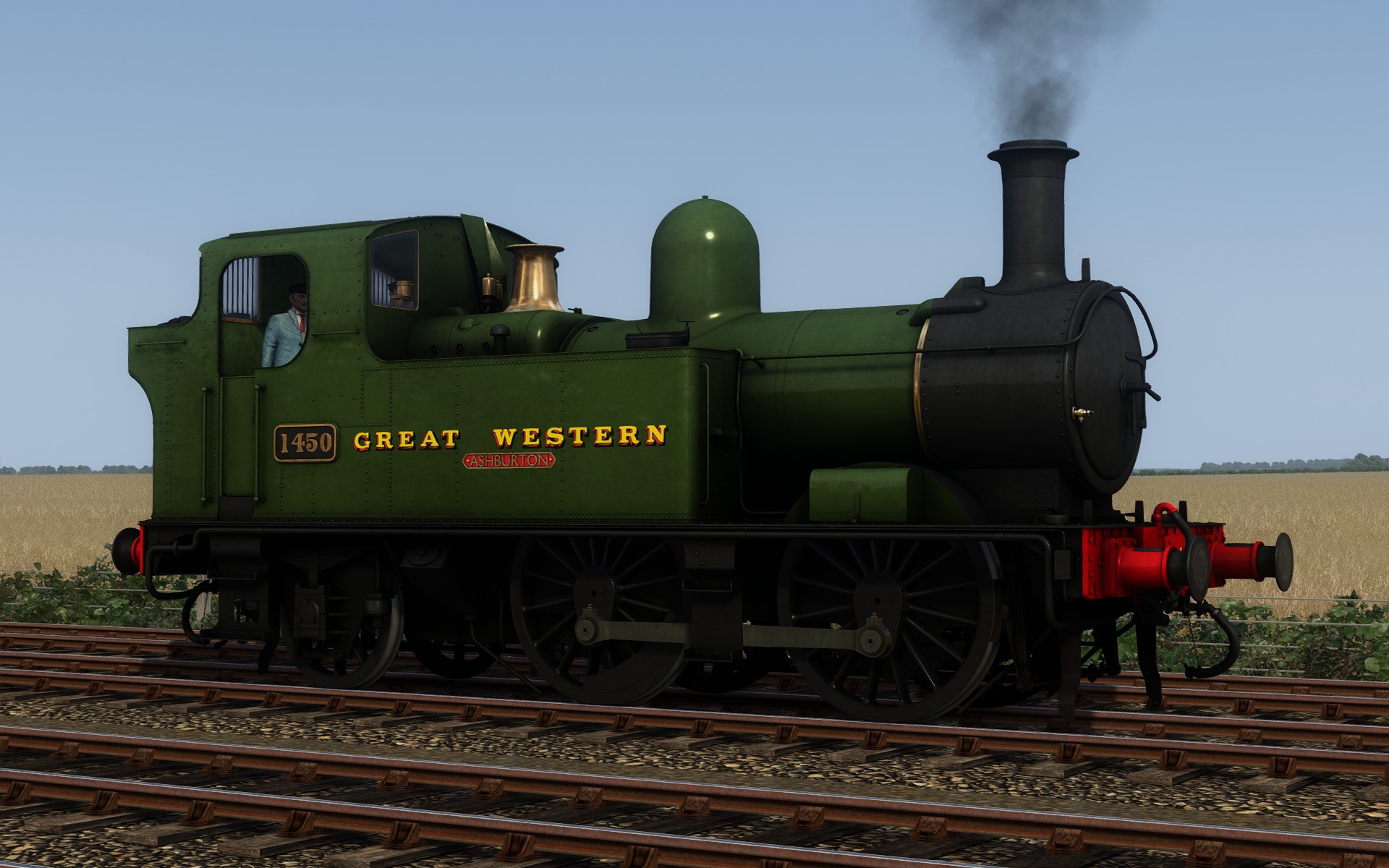
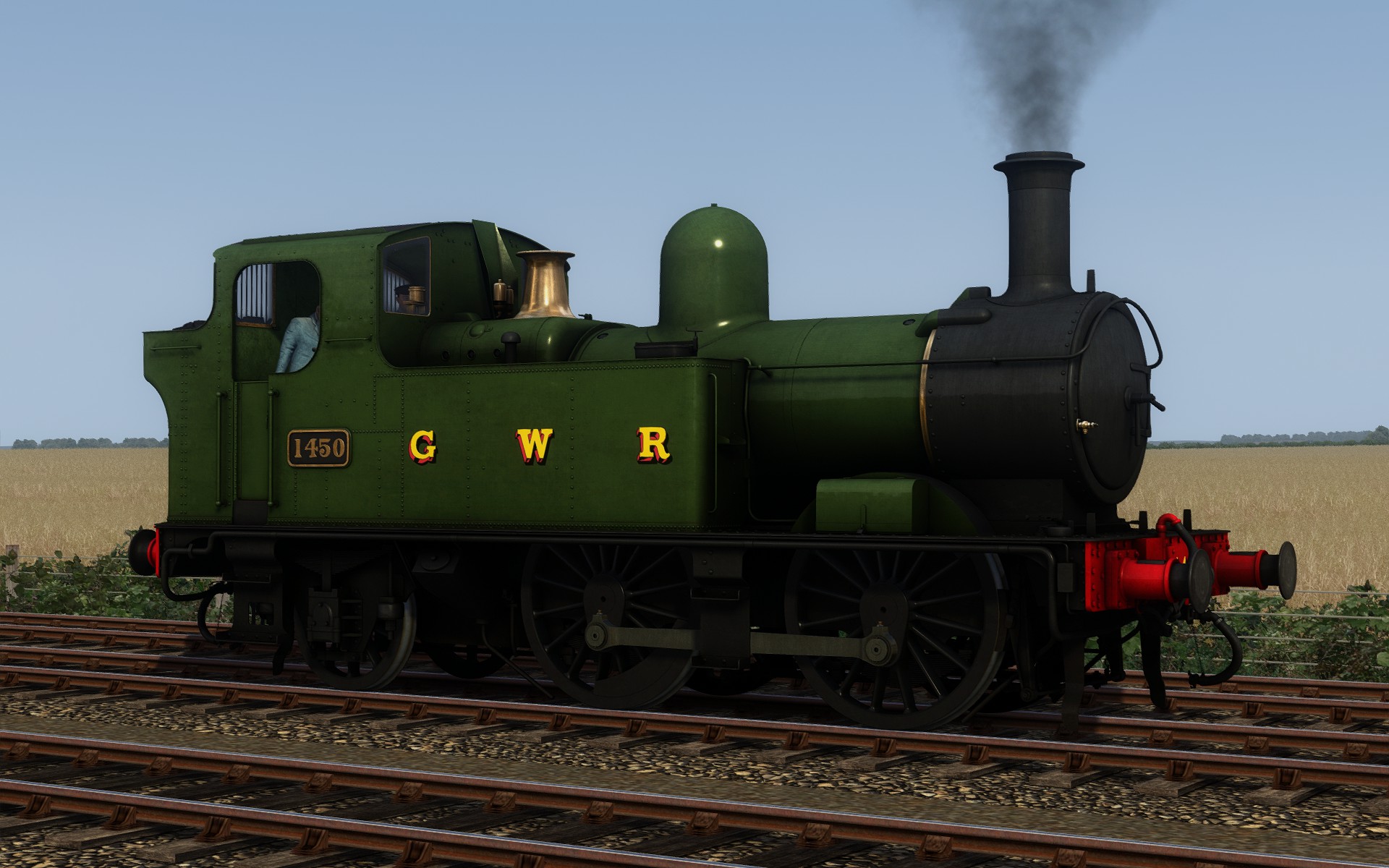
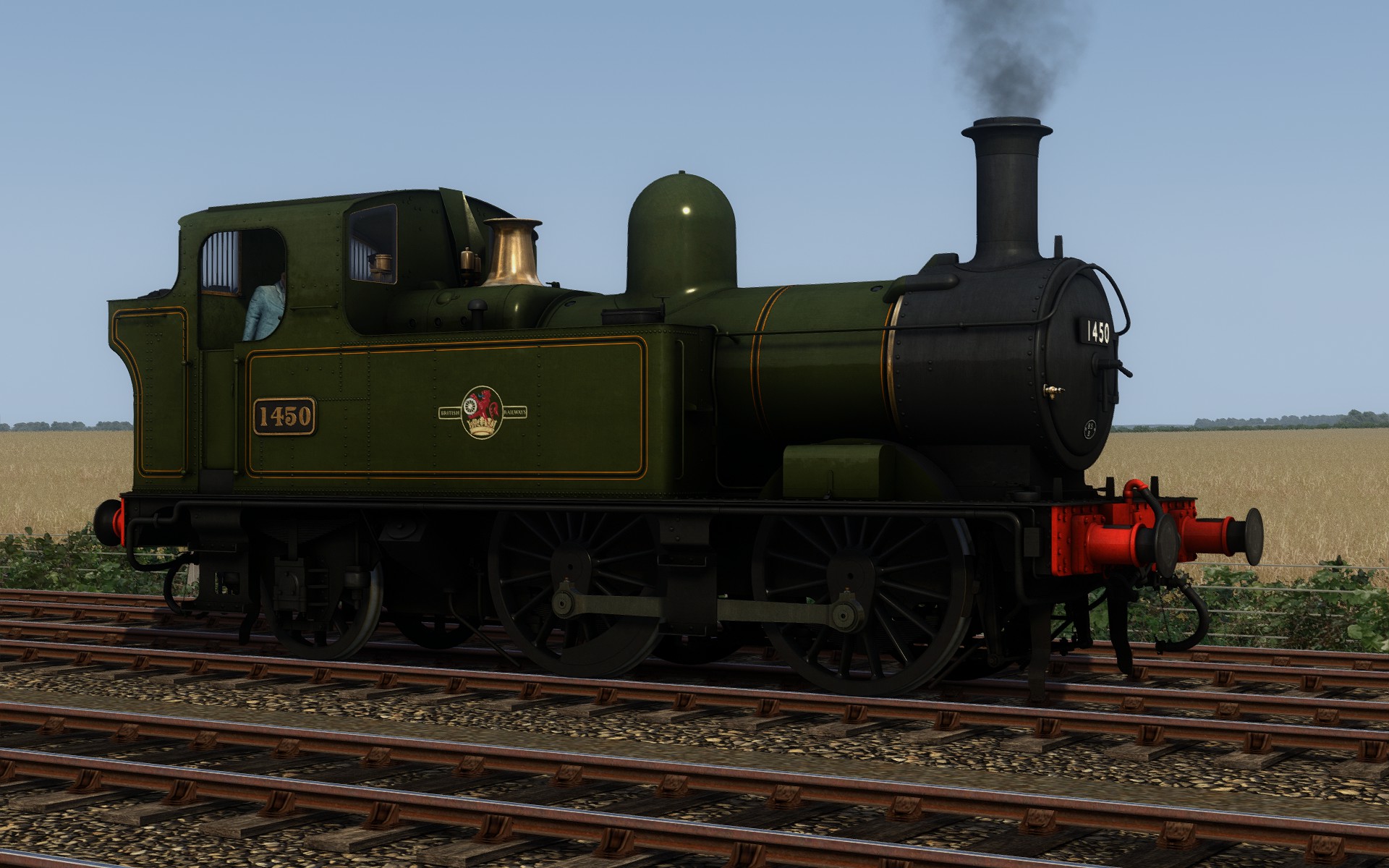
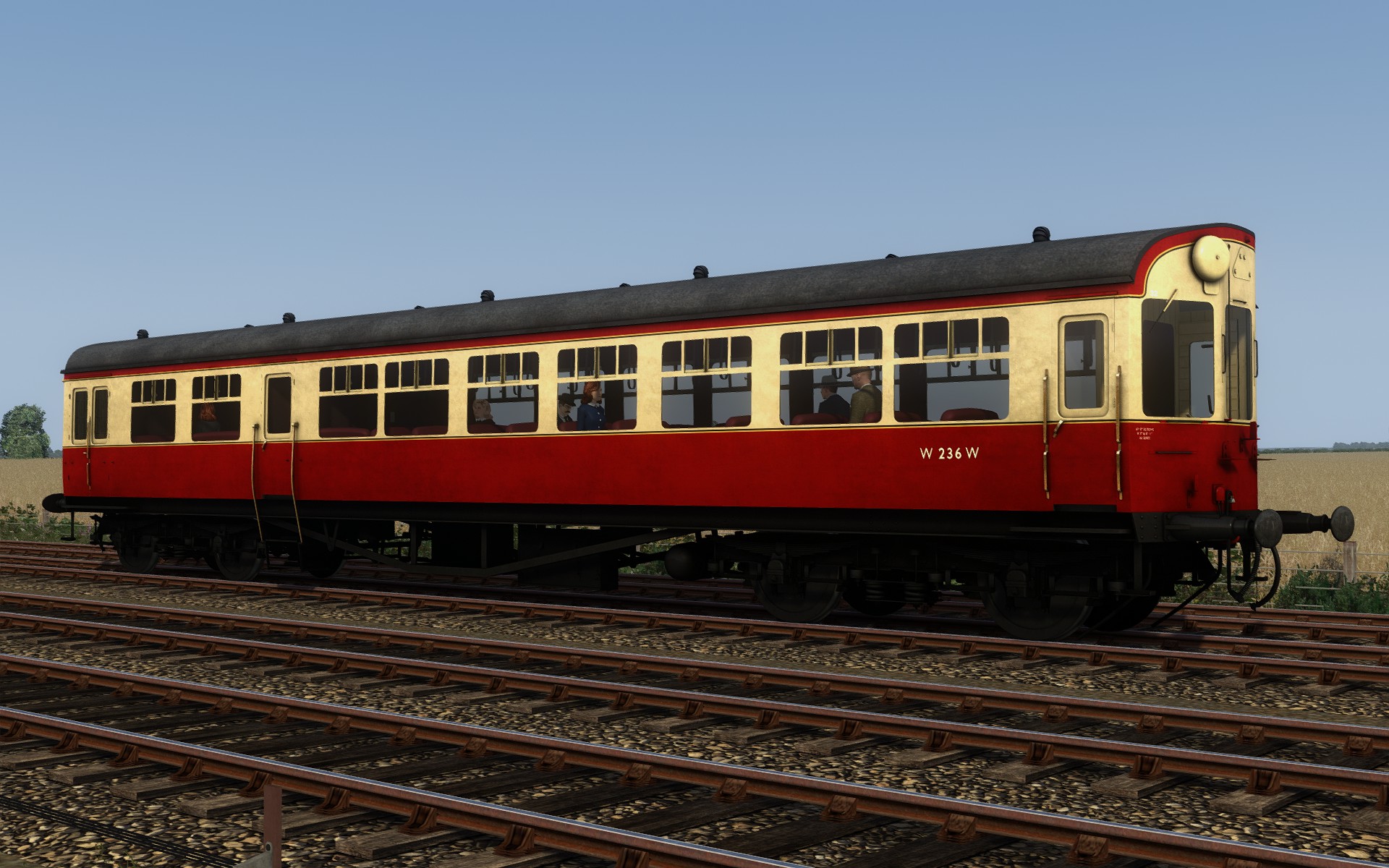
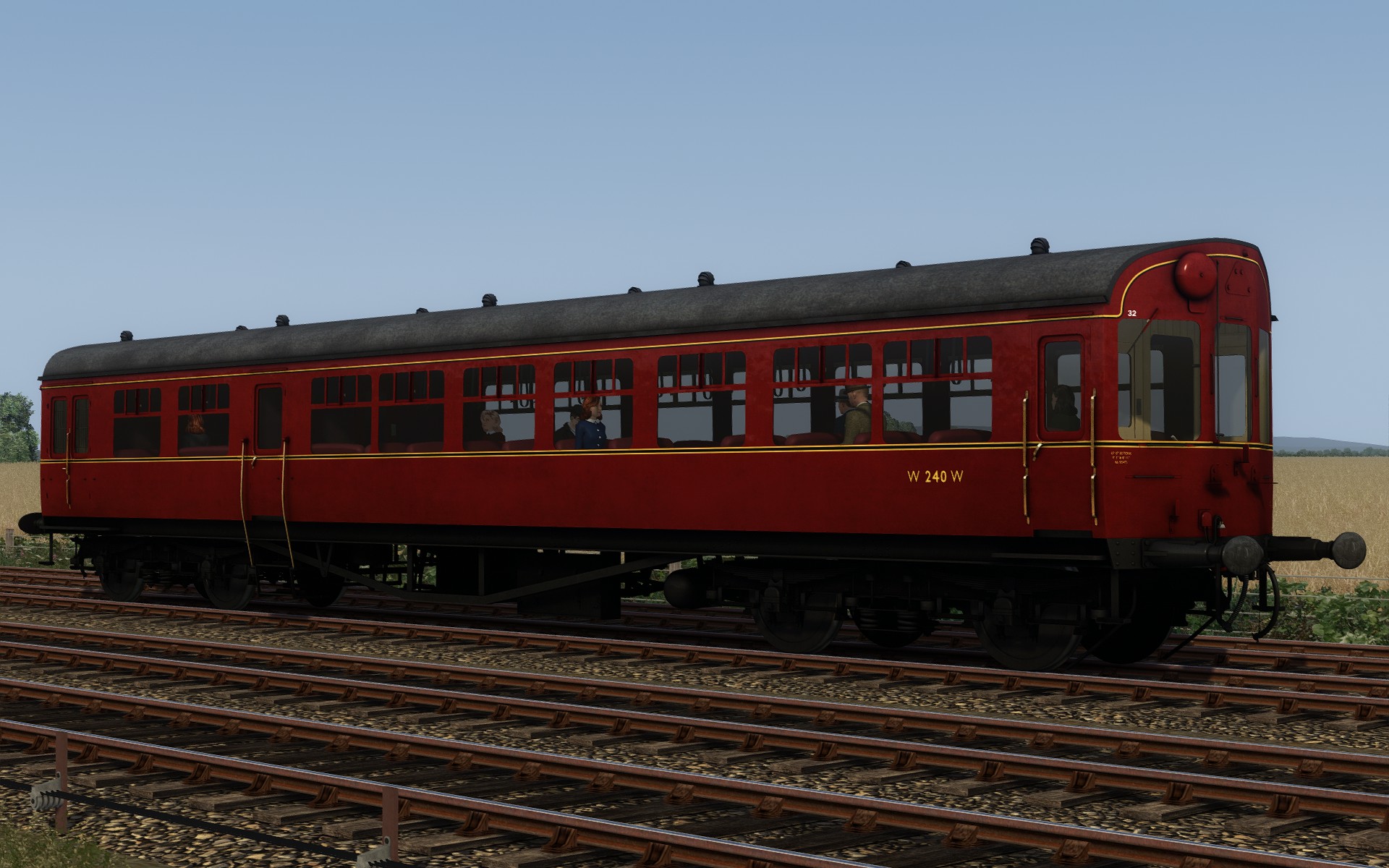
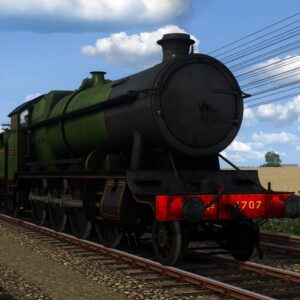
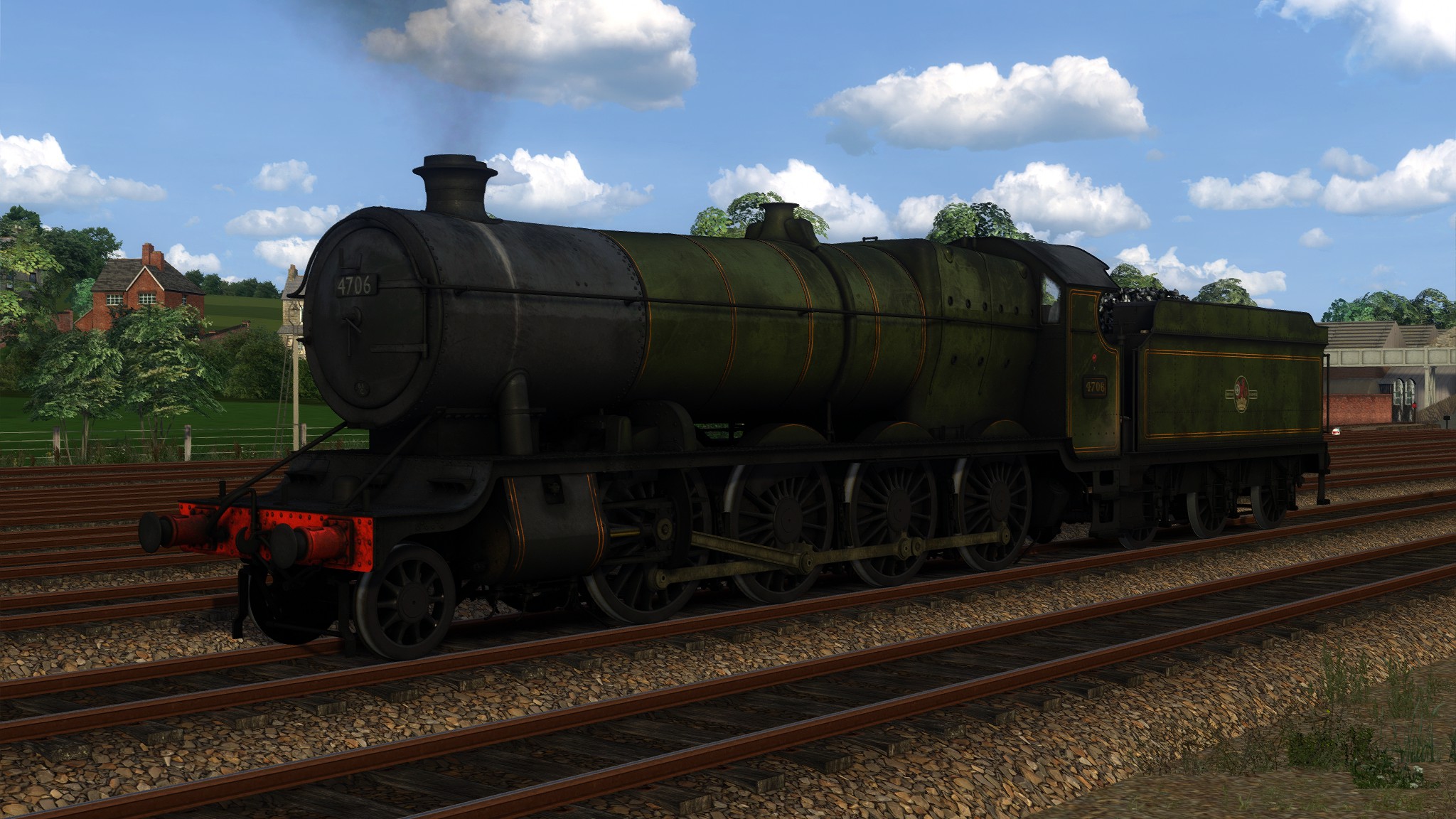
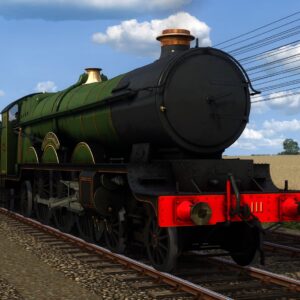
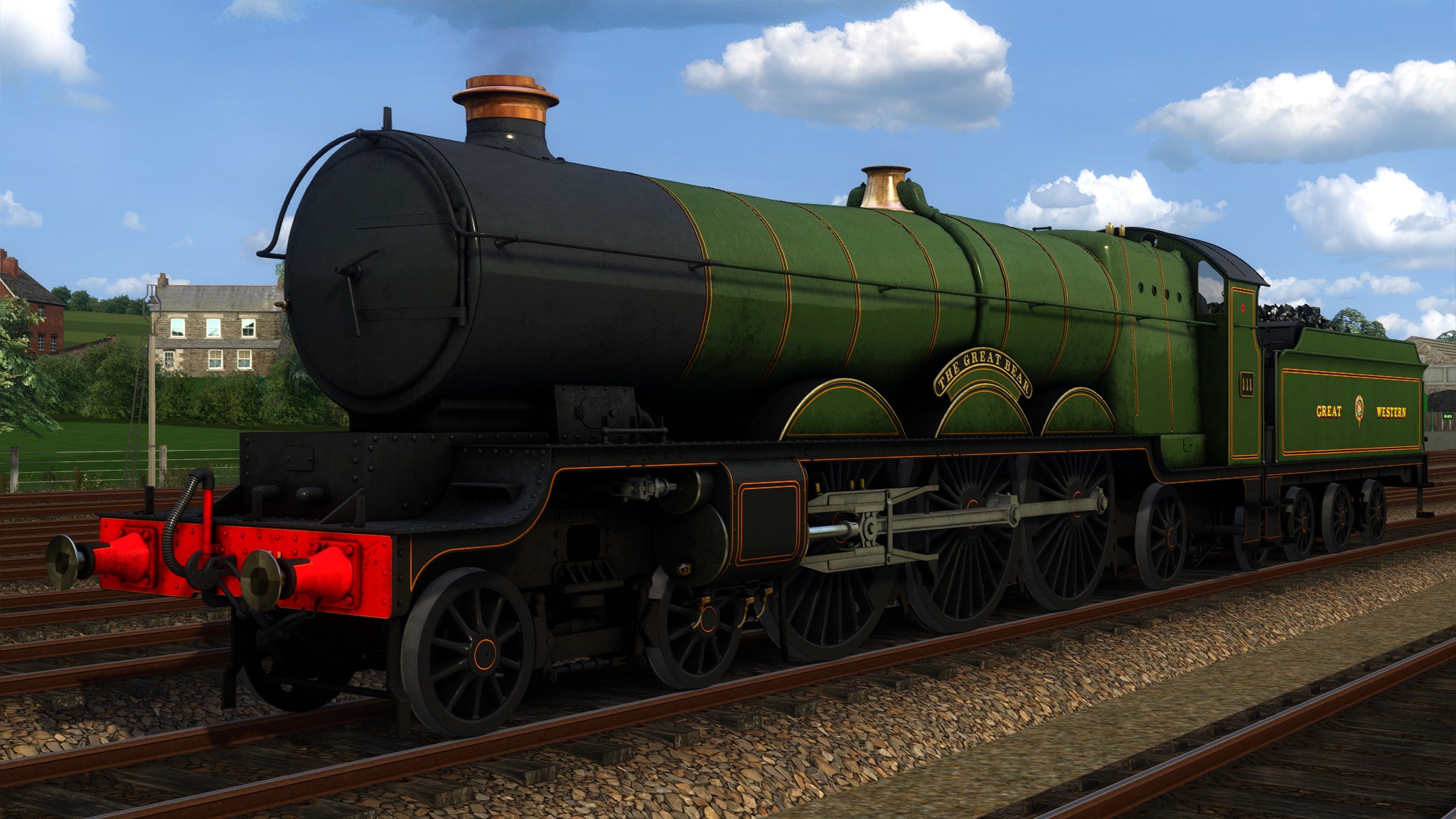
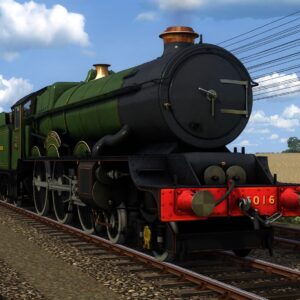
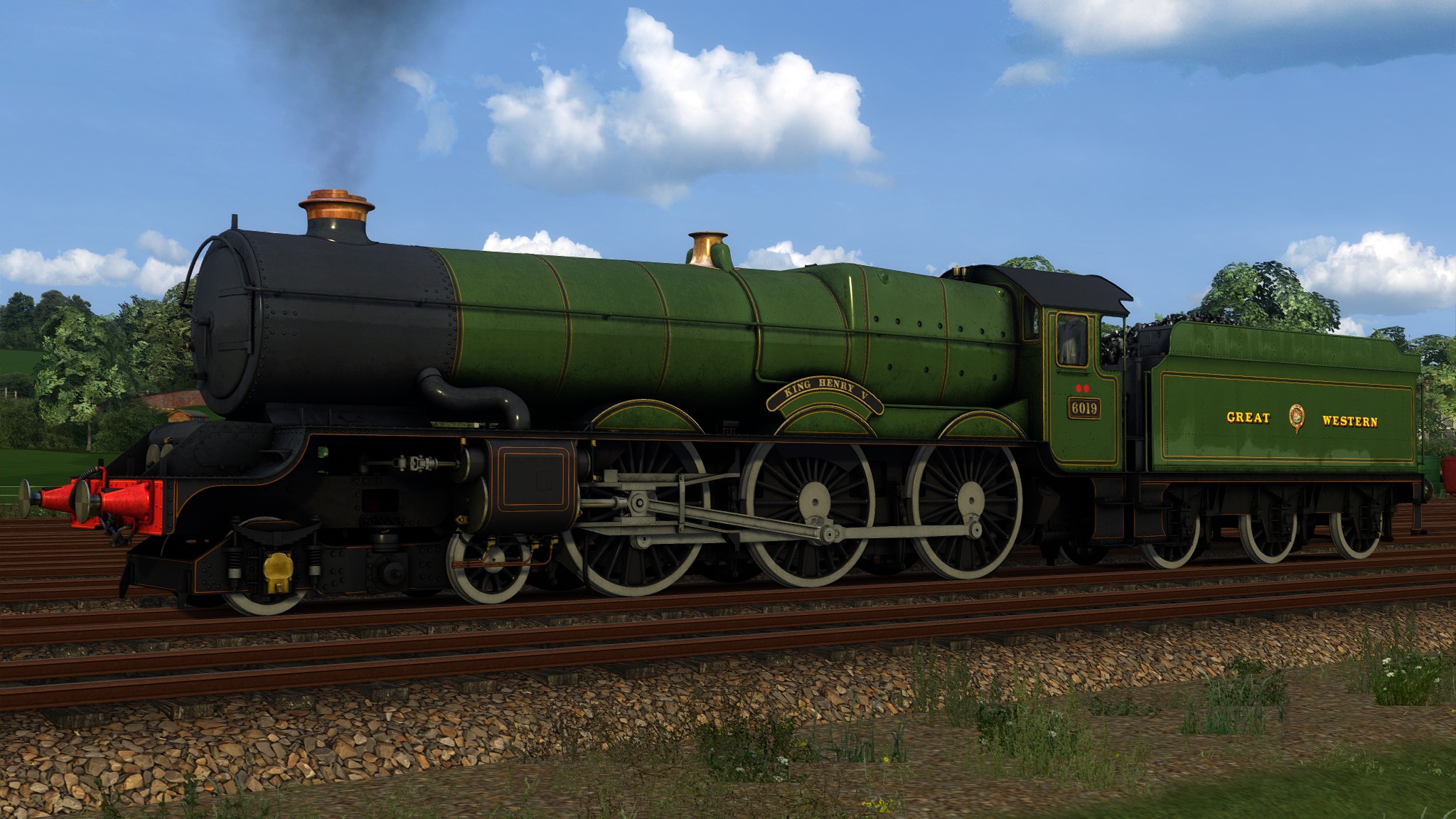
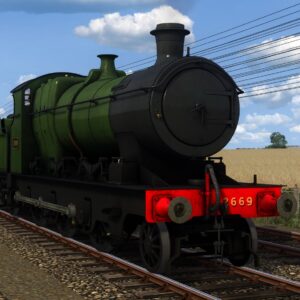
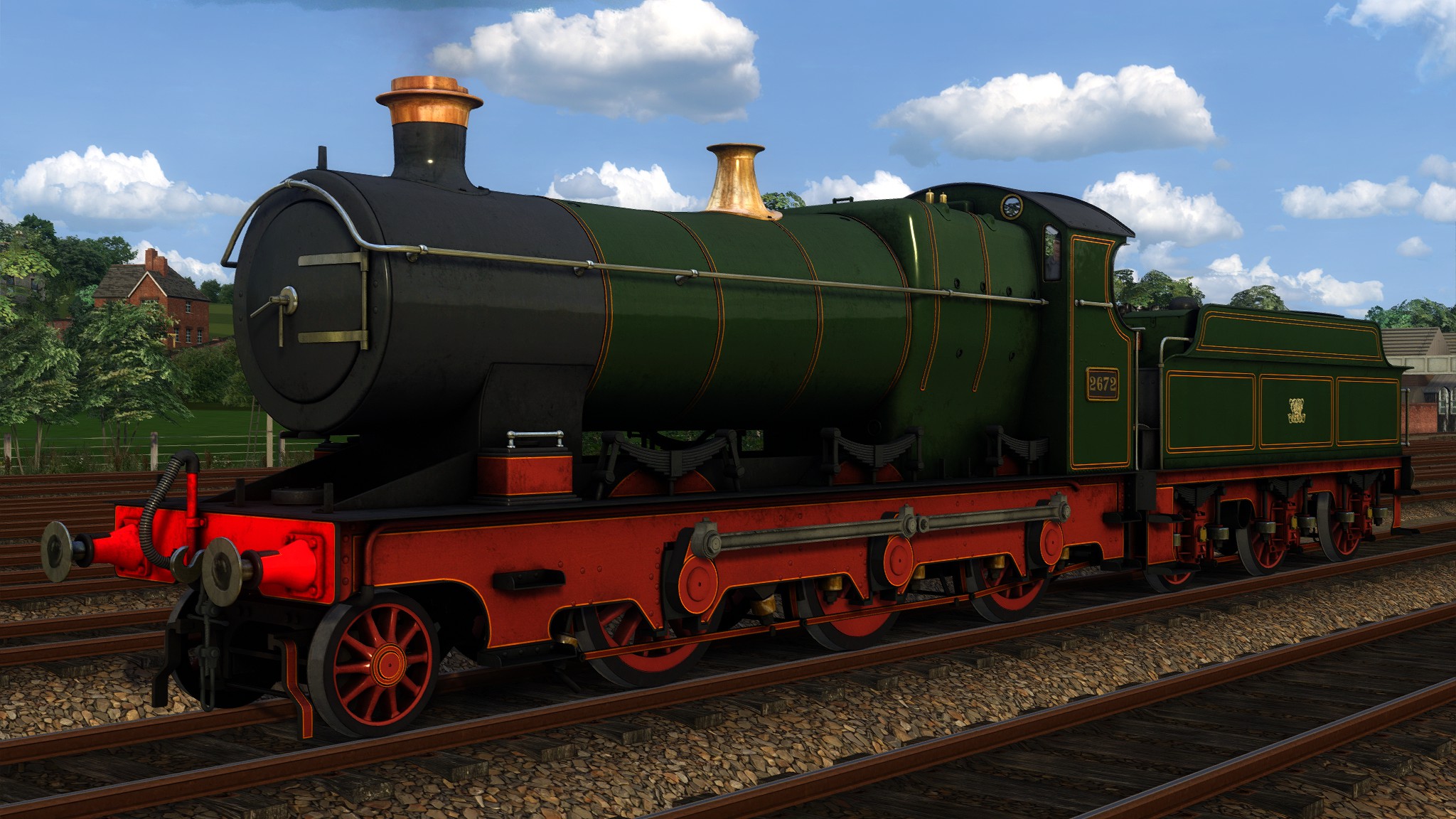
Reviews
There are no reviews yet.